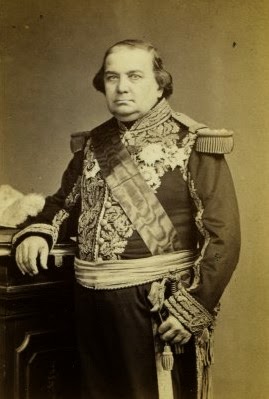 |
| Charles Rigault de Genouilly |
Tourane, Vietnam,
1847 – two warships came to the coast. The warships had French flags and
demanded the release of one of its missionary – Dominique Lefebvre. Suddenly,
the French began a bombardment of Tourane. But events prevailed before the
Bombardment of Tourane? What happened during the Bombardment? And lastly, what
happened after the incident occurred?
.jpg)



.jpg)





.JPG)
.jpg)


